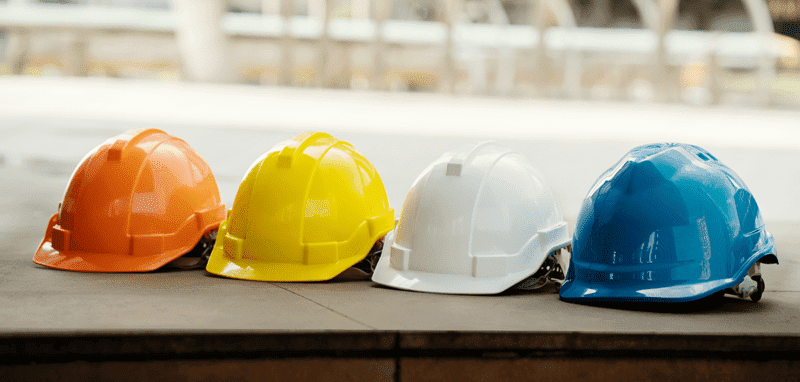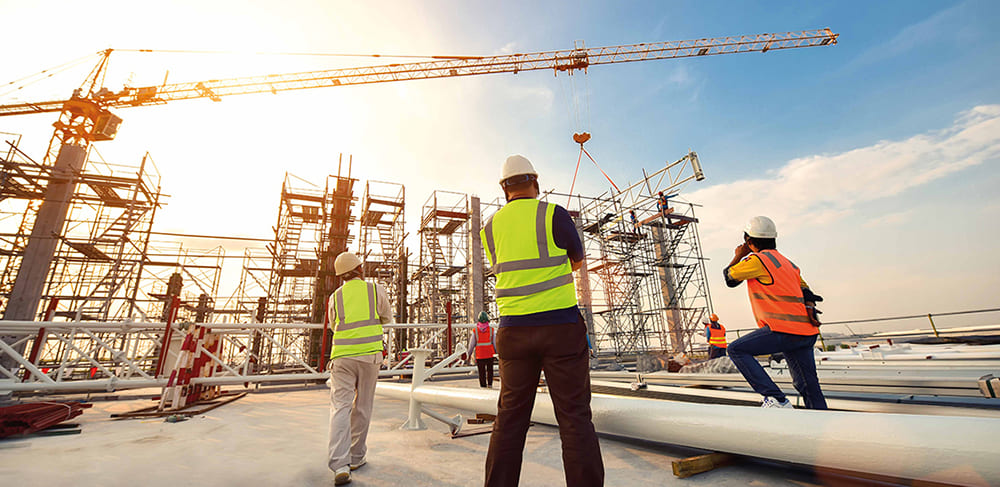What Happens If You Don't Wear a Hard Hat?

Wearing a hard hat is crucial in hazardous work environments, such as construction sites, industrial facilities, and manufacturing plants. It serves as a protective barrier for the head, safeguarding against potential injuries caused by falling objects, impacts, or electrical hazards. In this article, we will explore the potential consequences of not wearing a hard hat in such environments.
1、Increased Risk of Head Injuries:
One of the most apparent consequences of not wearing a hard hat is an increased risk of head injuries. Construction sites, for example, often involve activities where heavy objects are lifted or moved overhead. In the absence of a hard hat, a falling tool or debris could result in severe head trauma, including concussions, skull fractures, or even traumatic brain injuries.
2、Vulnerability to Falling Objects:
Work environments like construction or industrial sites are dynamic and bustling with activity. Without a hard hat, workers are vulnerable to falling objects, such as tools, equipment, or materials. Even a small object dropped from a considerable height can cause significant harm. By not wearing a hard hat, individuals are exposed to the risk of head injuries that could potentially be life-threatening.
3、Increased Likelihood of Electrical Injuries:
In certain work environments, such as electrical maintenance or construction sites, the absence of a hard hat can pose a higher risk of electrical injuries. Electrical hazards, such as exposed wires or faulty equipment, can lead to electric shocks or arc flashes. A hard hat with appropriate electrical insulation properties can help mitigate the impact of such incidents, protecting the wearer from severe burns or electrocution.

4、Non-Compliance with Safety Regulations:
Failure to wear a hard hat not only jeopardizes personal safety but also violates safety regulations and protocols. Most workplaces have strict guidelines mandating the use of personal protective equipment (PPE) to ensure the well-being of their employees. Neglecting to wear a hard hat not only puts oneself at risk but also undermines the collective safety efforts of the entire workforce.
5、Negative Impact on Worksite Morale:
A workplace that prioritizes safety fosters a positive and productive environment. When individuals choose not to wear a hard hat, it sends a message that safety measures can be disregarded, potentially leading to a decline in worksite morale. Furthermore, if employers do not enforce the use of hard hats consistently, it may result in a lack of trust and confidence in their commitment to employee well-being.
Wearing a hard hat is a simple yet crucial step in ensuring personal safety in hazardous work environments. The potential consequences of not wearing a hard hat include an increased risk of head injuries, vulnerability to falling objects, a higher likelihood of electrical injuries, non-compliance with safety regulations, and negative impacts on worksite morale. By consistently wearing a hard hat and encouraging others to do the same, we can create safer work environments and protect ourselves from preventable accidents. Remember, it's not just a hat—it's a shield that could save lives.










